The ASUS TUF X99 Sabertooth Review
by Ian Cutress on July 22, 2015 10:00 AM EST- Posted in
- Motherboards
- Asus
- TUF
- X99
ASUS TUF X99 Sabertooth Software
The regular set of bytes reserved for ASUS’ software falls in the lap of AI Suite 3, which we’ve covered at AnandTech numerous times before. The TUF line of motherboards is in most regards similar, with fast charging and USB boost technologies included, however the main feature is no longer overclocking. Rather than promote overclocking (even on an overclockable chipset and an OC socket installed), the focus for AI Suite is monitoring and control. As a result we get Thermal Radar instead of 5-Way Optimization:
In a similar context to 5-Way Optimization though, users can either go through each option manually and adjust to their liking or use a couple of clicks and let the system configure it all for itself. On the image above, the left hand side has all the temperature sensors with the three thermistor headers at the bottom for allocation:
Because two self-build systems are rarely alike, the software also allows the configuration of each fan placement within the chassis:
After a quick test, the software will produce appropriate fan profiles for each to minimize dead zones. If you accidentally happen to put a liquid cooling pump power connector into the CPU fan, you might get a fan profile like this:
After the system is finished, the user can fine tune each setting including Fan Overtime and Dust-de-fan:
With a compatible video card, the fan on the GPU can also be controlled with acceleration and deceleration (i.e. hysteresis) time allowing the heat generated during the game to be dispelled quicker at the end of gameplay.
ASUS offers an overall assessment of the cooling capabilities of the system, along with a rating:
Fan speeds, temperatures and voltage can also be recorded in the Recorder menu option:
Similarly to the BIOS and previous AI Suite implementations, we also get access to the digital power options. It might seem odd in this circumstance to include them, but reducing the impact of the power delivery can help in reducing overall temperatures.
ASUS is also using a skinned version of cFos for network management. This allows the user to prioritize the network usage of certain programs over others by either using the presets or manual adjustment:
A more detailed set of options, such as tracking overall bandwidth usage, is also present.
Other features in the ASUS software suite include:
AI Charger: Allows quick charging on BC1.1 compliant devices on certain USB ports.
USB 3.1 Boost: For suitable devices, implements a newer USB protocol to improve USB 3.0 and USB 3.1 speed.
EZ Update: Connect to the web to download updates. I’ve never had it work though.
System Information: Breakdown of the hardware specifications for motherboard, CPU and DRAM.
USB BIOS Flashback: Prepare a USB with a BIOS for updating, or save the current BIOS.
USB Charger: Allows for fast charging while in sleep/hibernate on certain ports only.
Push Notice: Setup a messaging system to another device in case of system errors.


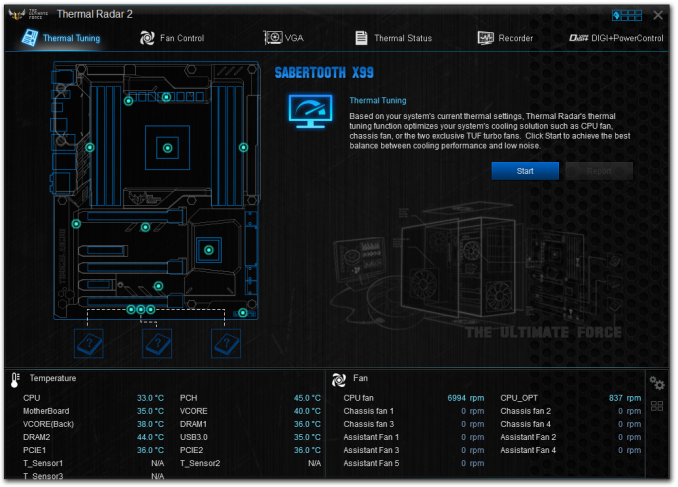
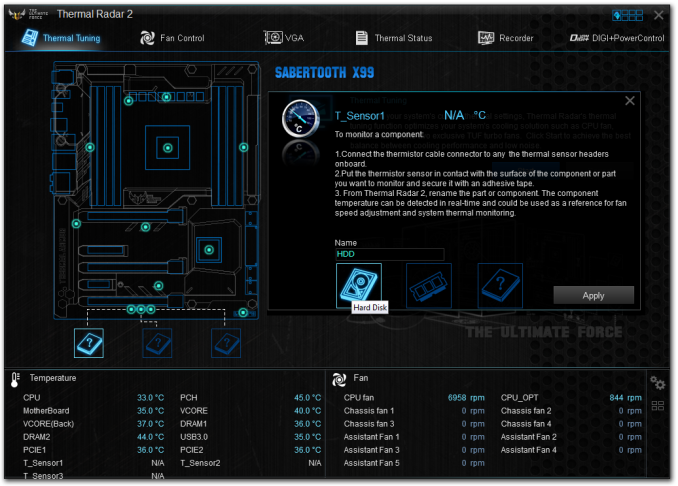
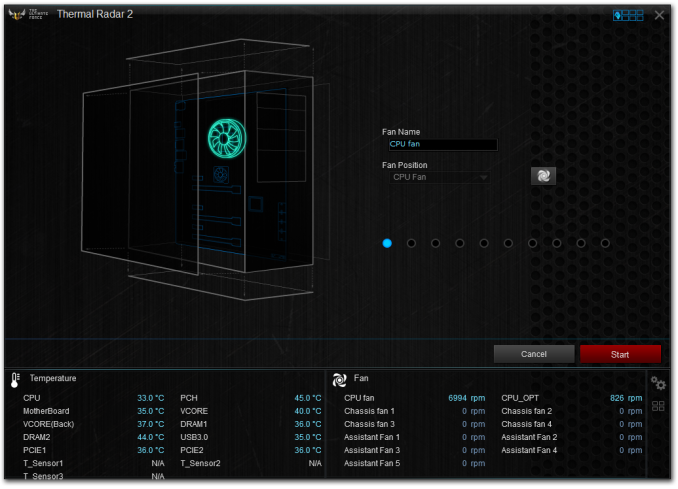
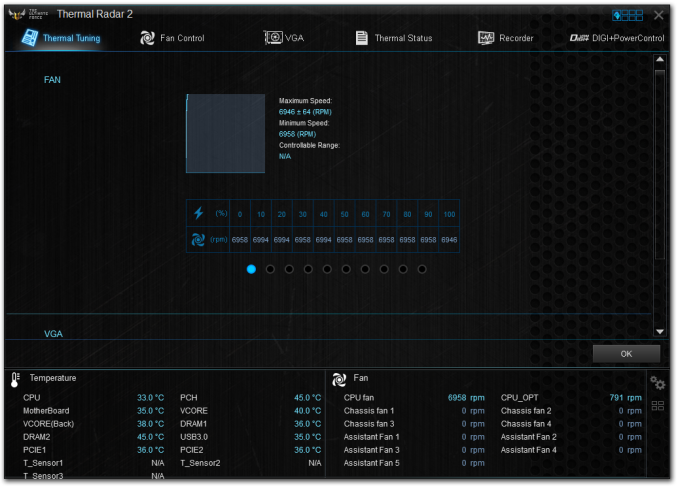
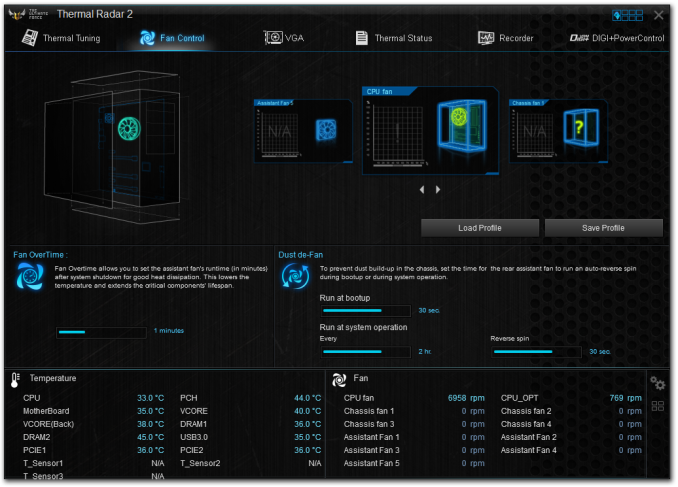
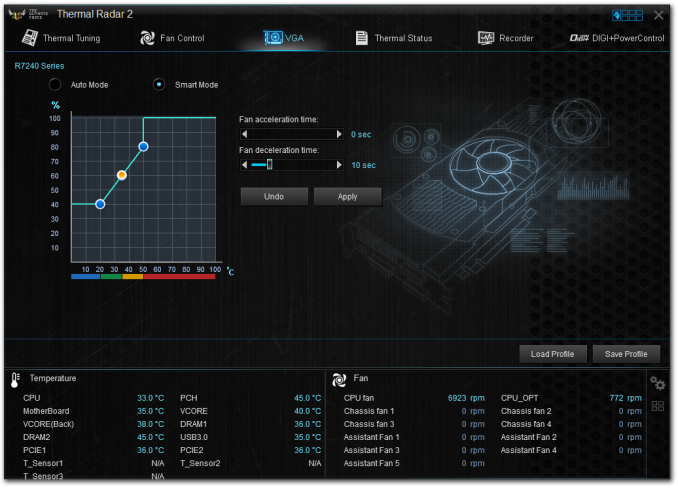
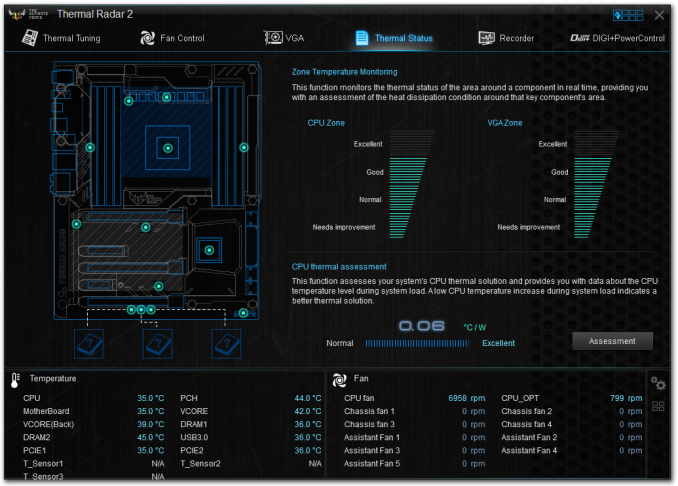
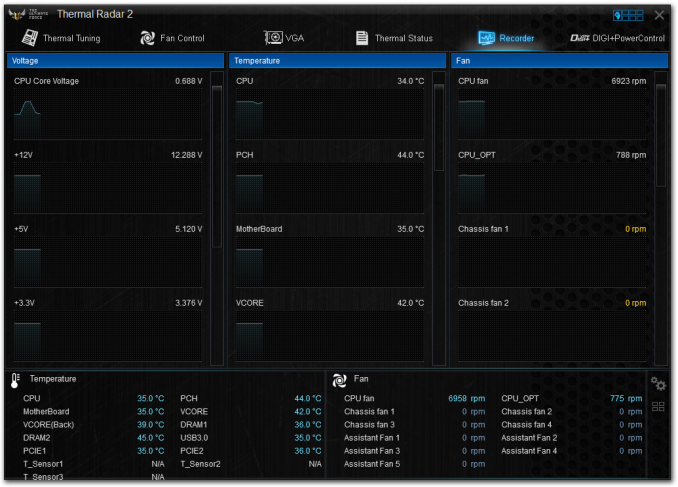
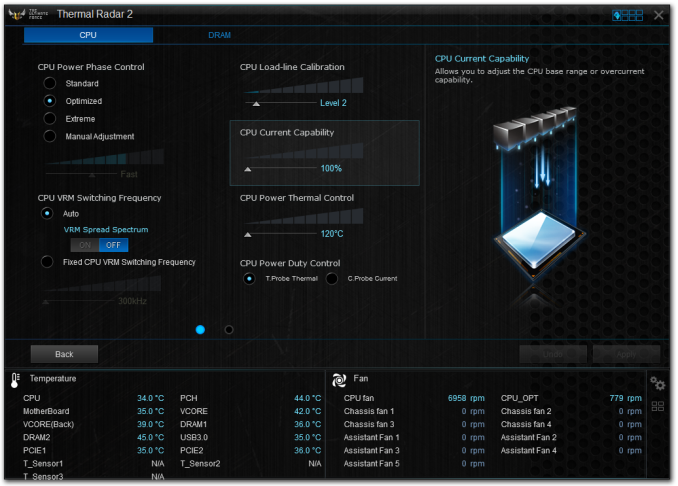
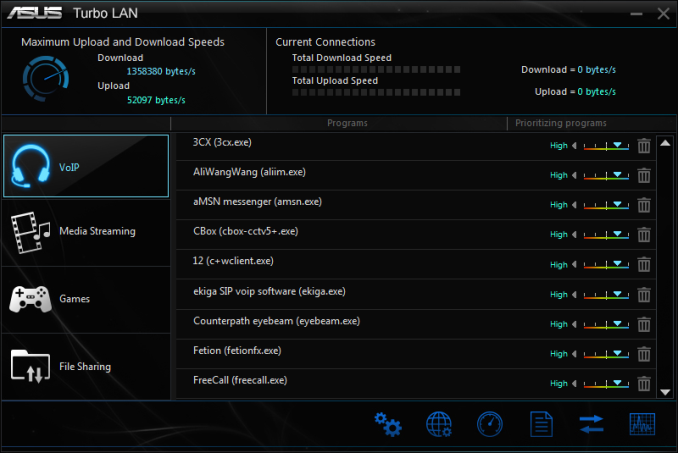
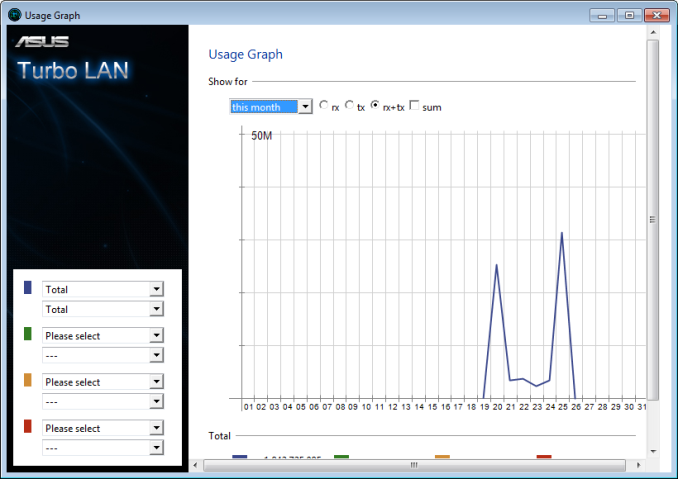














57 Comments
View All Comments
Ryangadz - Friday, July 24, 2015 - link
X79 and x99 are more geared for workstations with more ram and larger CPUs for multithreading. You're right they are not going to give you much extra performance for games...if any. Until DX12 fully kicks in a CPU with higher clock speed is best.dog55 - Saturday, July 25, 2015 - link
I dont if all M2.PCI ssd card suffer from heat throttling but the samsungs do (951).So I was wondering if you could comment on the covered slot for the drive- does it cool?
Zertzable - Saturday, July 25, 2015 - link
I recently had to RMA my X58 Sabertooth, needless to say I was quite happy about the five year warranty. That board and the i7-980X are definitely the best investment I've ever made in a PC, five years down the line and I still have basically no reason to upgrade. Fun fact: not that I care, but this "dinosaur" doesn't even have USB 3!mpdugas - Sunday, July 26, 2015 - link
Curiously, my Sabertooth Gen3/Rev 2 for 990FX only lasted two years before (first) the sound sub-system and then (second) the IDE controller chip-set failed, taking with it two IDE drives (a data drive and a backup data drive).Not very impressive for a "reliable" product, and my first MB failure in 20 years of building my own PCs.
iamkyle - Tuesday, July 28, 2015 - link
What do you expect? There is no actual validation for this being a "durable" product, just marketing fluff to move units.martfine - Sunday, January 3, 2016 - link
Hi - your specs say ddr4 Ram speed up to 2400MHz but Asus indicated 3200MHz .... Or am I missing something??Friksie - Friday, September 4, 2020 - link
Ook ik had het pech dat de CPU Intel 6850K kapot ging en helaas buiten de garantie (3 Jaar) viel dus die zijn vrij duur.Maar ik weet niet of dit al iemand heeft doorgegeven dat het ook door de waterkoeling kan stuk gaan! na veel zoeken kwam ik erachter dat de pomp van de Fraktal 24 S niet meer draaide en dat zie je nergens want alles functioneerde n.l. normaal.
Ook die viel net buiten de 3 jarige (alleen de TUF versie) garantie van Fractal design.
Eerst denk je dat het aan het moederbord ligt want alles draait alleen het start niet meer op en nu maar zoeken.
Je kunt met de TUF via een Mobile software de problemen opsporen maar wie heeft dat allemaal!
Door een andere CPU te testen kwam ik erachter dat het daaraan moest liggen de CPU was dus doordat de pomp niet draaide en dus niet meer koelde oververhit geraakt en boem stuk ging.
Dus wees gewaarschuwd kijk af en toe de waterkoeling goed na.